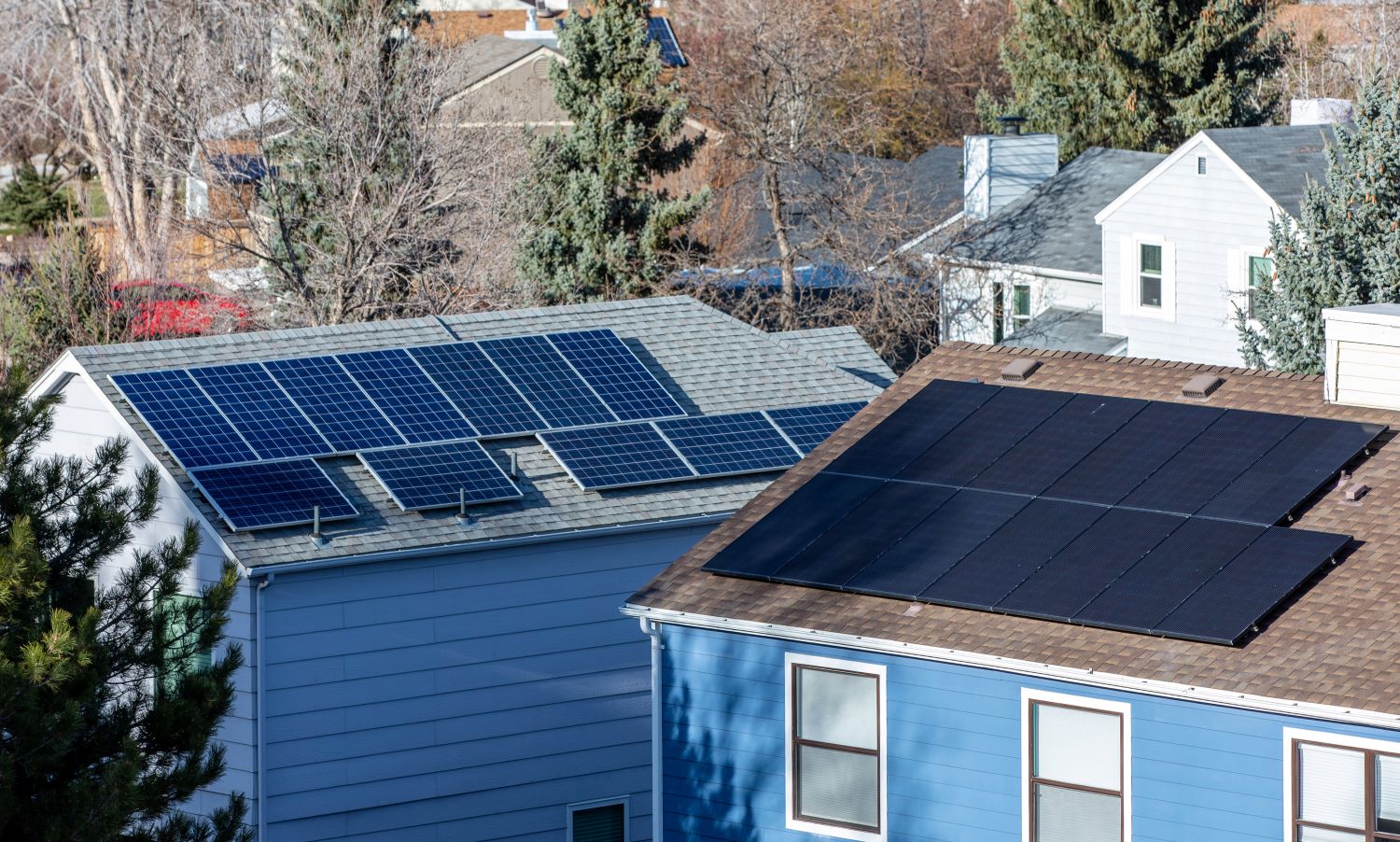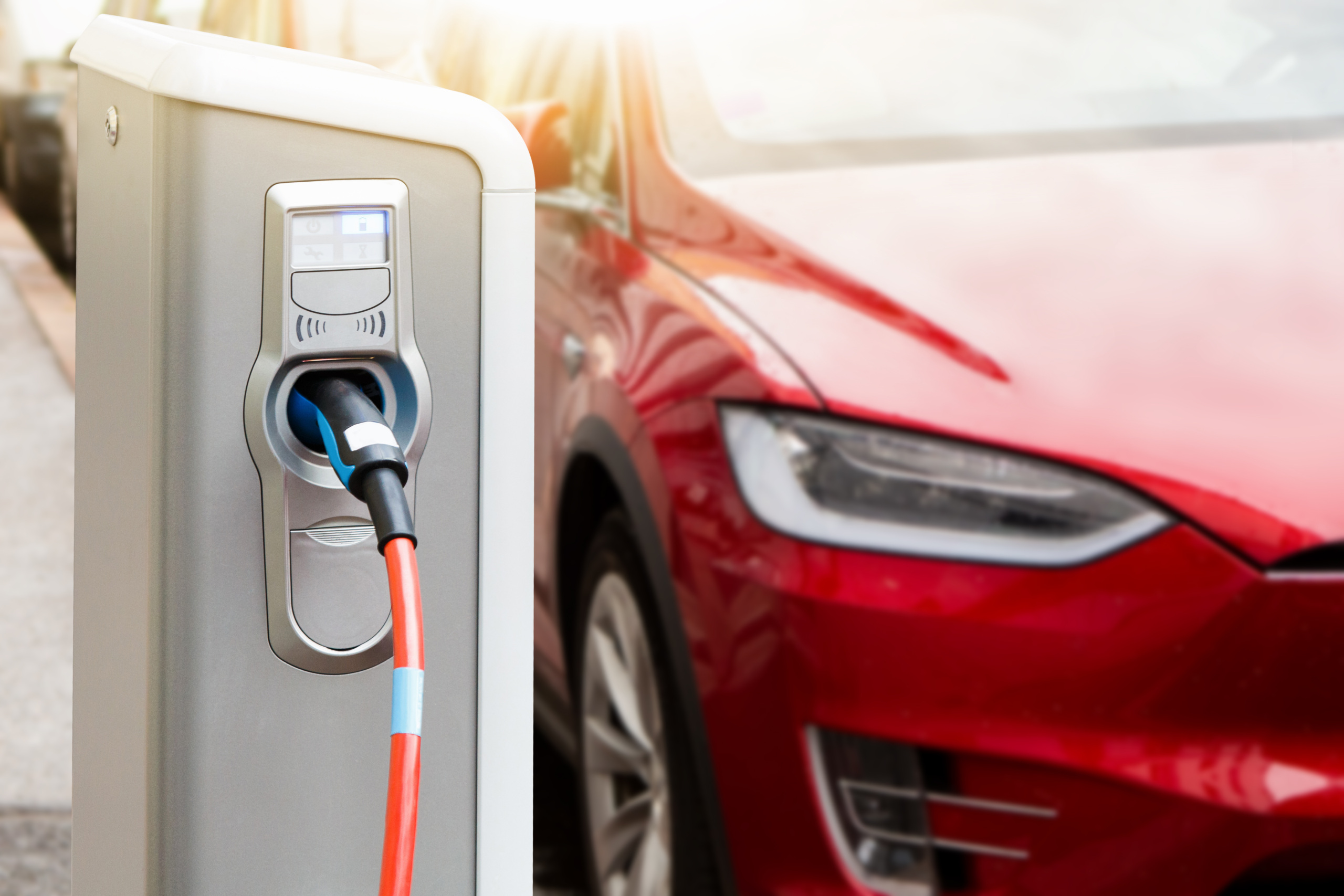Identifying and Tackling Barriers to Building Electrification in New England
Electrification is a critical strategy for ending the direct use of fossil fuels for space and water heating, cooking and other commercial and residentail functions. A new report, written in collaboration with the Policy Program at the Harvard Kennedy School’s Institute of Politics, examines the financial, institutional and cultural barriers facing electrification in New England, and proposes key steps to facilitate the transition.
Authors: Keshav Rastogi and Ricky Li are rising seniors at Harvard College who co-chaired the Fall 2019 Environmental Policy Program at the Harvard Kennedy School’s Institute of Politics.
In December 2019, Frontier Group released a report underscoring the importance of electrifying residential and commercial buildings in America’s path towards decarbonization. No matter how many renewables we add to the grid, ending the direct use of fossil fuels for space and water heating, cooking and other domestic and commercial functions will be critical to meeting future emissions goals. One solution consists of electrifying buildings and then powering them with clean energy sources such as wind and solar, ensuring that they emit no greenhouse gases. Candidate technologies to facilitate this transition include heat pumps, which can be used to heat and cool buildings, heat pump water heaters, and induction cooktops.
A new report, written in collaboration with the Policy Program at the Harvard Kennedy School’s Institute of Politics and edited by the authors of this post, examines the financial, institutional and cultural barriers facing electrification in New England and proposes actionable steps state legislatures and regional utilities can take to facilitate the transition. The report indicates that, among other initiatives, more robust state-level financial subsidies as well as utility-led efforts to engage HVAC companies and consumers will likely be instrumental in increasing uptake of electric technologies.
Overall, the region faces a steep challenge in comparison with the rest of the country. Nearly four out of every five New England homes use natural gas or heating oil as their main space heating fuel, while fewer than three of every five do across the United States. Seventy-two percent of commercial building floorspace in New England relies on fossil fuels for space heating, compared to 55 percent nationwide. Beyond the aforementioned climate benefits, electrification creates substantial public health benefits, including the reduction of particulate matter pollution and associated improvements in indoor and outdoor air quality, which are particularly salient for relatively urban regions such as New England.
Despite these apparent benefits, one main reason for New England’s relative lack of electrification stems from perceptions that electric technologies such as heat pumps cannot efficiently operate during New England’s harsh winters. However, recent technological advancements have resulted in heat pumps that can operate in lower temperatures. Due to these developments and the aforementioned benefits of electrification, state legislatures have begun to implement incentive programs to foster their deployment. However, as of May 2019, state-level programs had only led to the installation of 25,000 heat pumps since 2011 in Maine, 18,000 heat pumps since 2015 in Massachusetts, and 8,200 heat pumps since 2000 in Vermont. Given that New England has millions of residential and commercial buildings, this rate of adoption is not commensurate with the transition necessary to prevent catastrophic climate change. The report examines obstacles impeding these and other efforts to reduce greenhouse gas emissions from buildings.
To gain a more granular understanding of all facets of the electrification process in New England, the authors conducted interviews with a rich variety of experts and stakeholders in academia, industry and the public sphere. The interviewees’ responses, accompanied by a wealth of secondary sources, indicate that government subsidies have been insufficient in overcoming the upfront costs of these technologies to promote wider adoption and that HVAC contractors have little incentive to encourage their clients to electrify. Stronger financial incentives as well as increased outreach efforts to HVAC companies and consumers will help bridge the gap. As described in the report, Norway’s experience underscores the importance of strong government programs. Due to a centralized effort to subsidize green technologies like heat pumps, Norway (a country of 5.1 million) had installed more than 900,000 heat pumps by 2015. Norway, as well as municipalities like Burlington, Vt., can serve as policy models for New England state legislatures as they seek to decarbonize one of the most challenging sectors of their economies.
With the need for action on climate growing ever more urgent, and the long lead times associated with electrifying buildings, the authors of this post invite the region’s leaders to review the recommendations in the report – and, more importantly, take action on them – to begin the critical process of getting the region’s buildings off of fossil fuels.
Topics
Authors
Guest Writer
Find Out More

Let us now praise rooftop solar: A tale from New England

Automakers could have learned to build EVs. They paid Tesla to do it instead.

A look back at what our unique network accomplished in 2023

